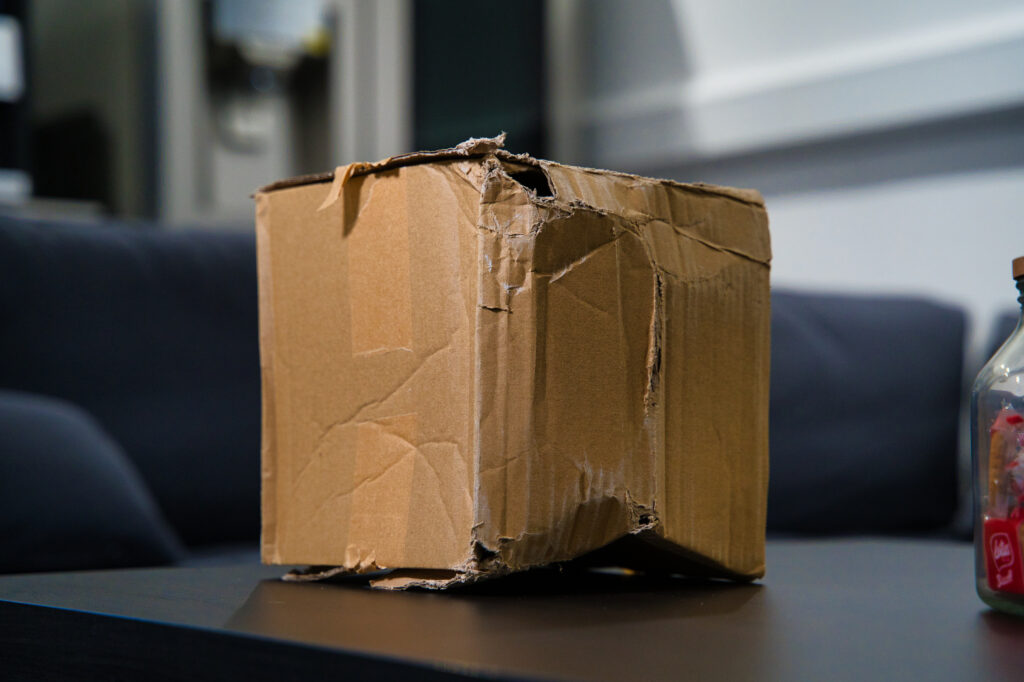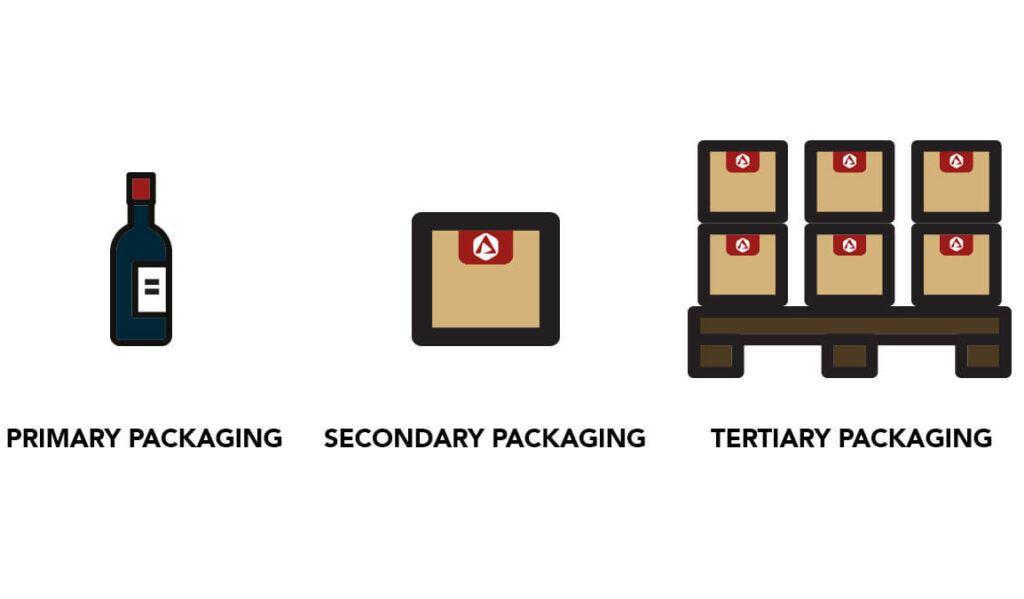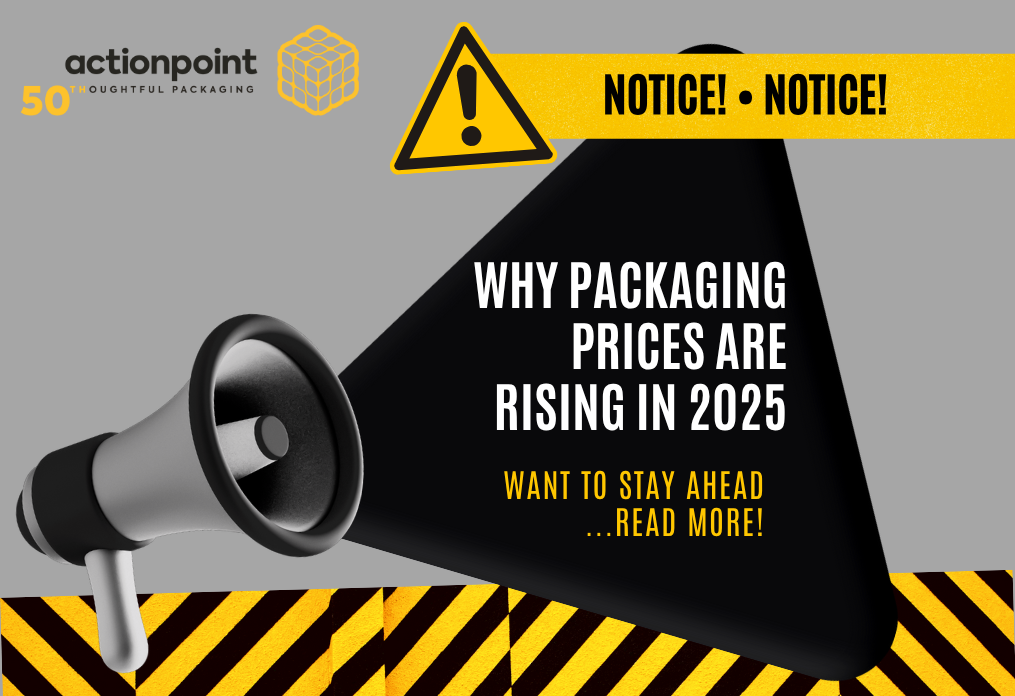Actionpoint continues to keep SME businesses informed about the ongoing paper crisis in 2022. Here, we answer the frequently asked questions about what has happened so far and how this affects your packaging costs and supply.
Why are paper prices increasing so much yet again?
The main reason is the spiralling cost of natural gas, which is having a catastrophic impact on paper mills in Europe. In some instances, paper mills’ gas bills are 15 times higher than they were in January 2021. The cost of gas used to make a tonne of paper has now exceeded the selling price of the finished paper and, as a result, some paper mills have ceased production.
Gas prices have been creeping up for months, but the current spike is largely because of uncertainty caused by the Russia-Ukraine war. The world is cutting business ties with Russia, which is causing major repercussions. Russia is the biggest gas exporter in the world, as well as Europe’s key supplier for natural gas, crude oil, and solid fossil fuels. More than 40% of the amount of gas used in Europe is supplied by Russia and now countries are scrambling to find alternative supply – primarily from Scandinavia, creating an unprecedented surge in demand and soaring prices.
Why do energy prices have such a sharp impact on the price of paper?
Papermaking is among the top 3 industries when it comes to energy consumption – the others being petroleum and mining – with around 60-80% of a paper mill’s energy use expended purely on the pulp-drying process.
Paper mills that are heavily dependent on gas have had to close – some temporarily, some permanently – leading to paper shortages and bumping up prices even more. Other paper mills that are more efficient, complementing their gas use with renewable energy, are still operational but their skyrocketing gas bills have forced them to drive up their prices. And these increases may well not be enough to sustain their businesses, so further price hikes are very likely later in the year.
Where is most of the paper for corrugated board made?
Worldwide the leader is China, followed by the United States of America, Japan, and Germany.
Which European countries make the most paper and which are most heavily reliant on Russia for energy?
Germany is far and away the biggest papermaker in Europe, followed by Sweden, Italy, Finland, France, and Spain. However, when it comes to reliance on Russian energy, Finland takes the lead with 94% of its natural gas requirement coming from Russia. Next, is Germany with 49% then Italy (46%) and France (24%).
More than 50% of Sweden’s power comes from renewables such as hydropower and biomass. Just 2% consists of natural gas, only half of which is supplied by Russia. Meanwhile Spain gets the majority of its gas from Algeria.
Does much corrugated product or paper come from Russia, Ukraine, or Belarus?
Europe imports very little paper and cardboard products from Ukraine or Belarus. It’s a different story with Russia, which supplies Europe with around 700,000 tonnes, two-thirds of which is packaging grade paper and board.
It’s worth noting that Ukraine and Russia are big players when it comes to raw materials, exporting more than €12 billion in timber to Europe and, together with Belarus, the countries account for nearly 75% of Europe’s wood imports.
Do Russia, Ukraine or Belarus import much paper themselves?
Europe supplies Russia with around 900,000 tonnes of paper and board. More than 50% of this comes from Finland, followed some distance behind by Germany (16%), Poland (6%), and Sweden (6%). Ukraine imports approximately 440,000 tonnes from the bloc. Belarus imports much less, about 60,000 tonnes of European paper and board.
More than half of Ukraine’s pulp imports from Europe (212,000 tonnes) are supplied by Germany, Sweden, and Poland. In terms of volume, pulp imports and exports between Russia and Europe are evenly balanced, totalling approximately 400,000 tonnes. Finland and Sweden account for the lion’s share of Europe’s pulp exports destined for Russia.
How soon are prices likely to subside or even reduce?
That’s the million-dollar question. For now, we know that the first big price hike will be an increase of between 15-20% and take effect from mid-April. A further rise is anticipated up to 6 weeks later. There will be a lag time of anything up to 6 months before paper mills will know if the increases are enough to keep their operations afloat. If not, paper costs will go up again.
As with all industries, the impact of the energy crisis will continue to be felt throughout the paper supply chain from raw materials and manufacturing, to transport and logistics. This means that paper prices are to some extent linked with fluctuations in gas prices as well as uncertainty around the Ukraine conflict. In addition to this there is the ongoing shortage of haulage drivers, exacerbated because of the pandemic and Brexit, but still very much an issue.
Why does the price of an average box change so much with paper prices?
The price of cardboard and corrugated boxes is directly related to the costs involved in purchasing, delivering, and processing the raw materials to make paper. If gas and oil prices are high, then all of these aspects become more expensive as each business passes on some of the additional cost to their customers. And, while companies adapt to volatile costs and demand, there’s a domino effect of disruptions such as delivery delays and reduced availability of raw materials or finished products – all of which can have a further impact on price.
How can I stay up to date on paper prices?
Actionpoint will continue to keep a close eye on events, liaise with industry contacts, and update our customers with the latest news via email. But if you have any specific questions, you can contact your account manager, or call 0800 840 9570.




